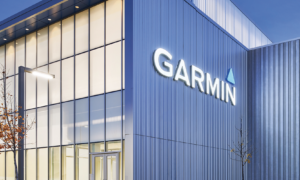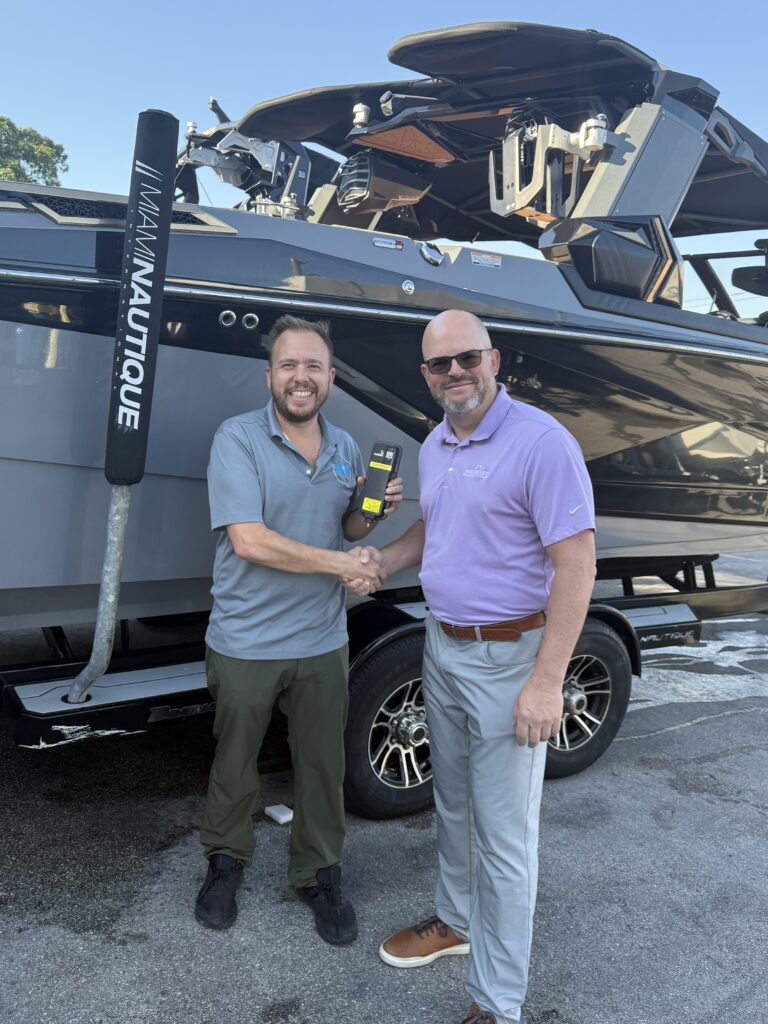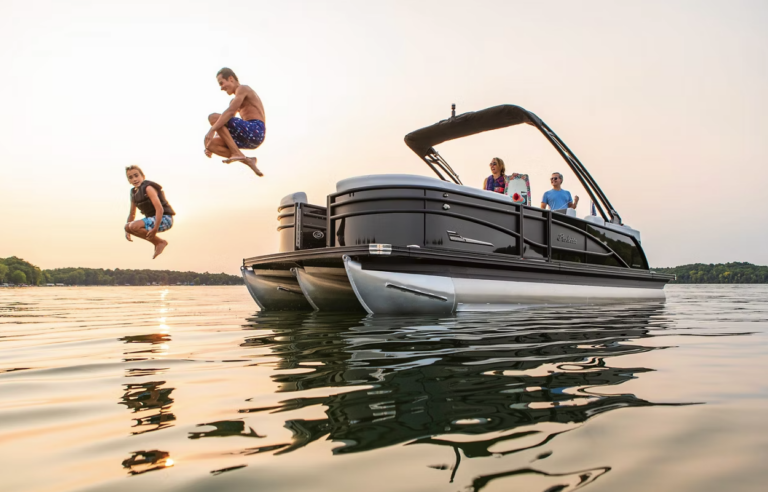
As results from the 2023 boat show season begin to pour in, it’s worth asking: Are we seeing a repeat of the late-twenty-teens marketplace?
Let me set the scene: It’s fall 2019, and new-unit inventory on dealership lots is at the highest levels since the Great Recession. People are on edge. Would dealers and manufacturers work together to reduce the amount of inventory in the field? How would we prevent another inventory crisis when there was talk of a recession on the horizon?
As you can see from the graphs, as inventory levels rose throughout 2019, dealer sentiment — MRAA’s measure of comfort levels with dealer outlooks — dipped below the neutral line into unfavorable territory for the first time since the MRAA began charting it in 2013.

Then came January 2020, and there was a sharp blip into favorable territory on dealer sentiment. Typically, as you can see in the charts, dealer sentiment correlates closely with inventory levels. As inventories go up, sentiment declines. As inventory levels decline, sentiment rises. But in January 2020, inventory levels were still considered far too high, so we can only connect a strong January 2020 boat show season to that rise in dealer outlooks.
Fast forward to 2023. Inventory levels have been on a steady incline since bottoming out in early to mid-2022. By December 2022, market activity had led to a noticeable downward trend in boat sales and a corresponding peak in new-unit inventory — the highest dealers have reported since April 2020.
Now, boat show season has again been a pleasant surprise for many across the industry. Strong sales activity has been reported at shows in Connecticut, Minneapolis, New York and Atlanta, among others. The sales buck the broader market expectation that higher prices, higher interest rates and talk of a potential recession will deflate the boating industry’s run of success.
Since the early days of the pandemic, many people around the industry have been asked to prognosticate on where the market will level off without social-distancing and other pandemic-related boosts. The real question we should be asking is: What can we do, both individually and collectively, to continue the industry’s momentum and ensure that sales level off at numbers higher than prior to the pandemic?
What we can’t do is expect to benefit from a pandemic-fueled marketplace, as we did the last time inventory levels piled up. We need to take matters into our own hands and ensure we’re delivering on a customer experience like never before.
Here’s how I suggest you should be thinking about that.First and foremost, work hard to keep those boat-show deals together. This is obvious, as I know dealerships mostly approach the business with a sales-first attitude. Closing these deals and delivering those boats will set you up well for whatever the rest of the year has in store. But simultaneously, you need to circle back and deliver a unique experience to those customers who bought from you during the past three years.
Many of these boaters were introduced to the water for the first time, and we know their experience was less than extraordinary. Dealers were overstaffed, undersupplied and overwhelmed. By the time one customer was driving off the lot, the next customer was ready for the hurried delivery process. As those new customers called with problems and service needs, we had them take a number and get in line. Delivering a memorable, rewarding boating experience proved an immense challenge.
This year is your window to make good on all that the boating lifestyle promises. There’s still time, and there’s no reason to avoid opportunities to keep these boaters on the water for life. Schedule the follow-up time, assign outreach responsibilities to your top customer-focused staff, and ask the question: What could we do to ensure you have an extraordinary boating season this summer? Then be prepared to deliver.
Third, use this year to cultivate a customer-experience-focused culture, and build your go-forward strategy. Yes, you already have great CSI scores, and yes, the customer is always right (even though they’re not), and yes, you take great pride in your stated culture of customer service. But there’s a difference between customer service and customer experience.
The customer experience — taking into consideration every single touchpoint a customer has with your business, from the first phone call through all service appointments — should be intentionally designed to wow them and turn them into raving fans of your business. The key word here is “intentional.” You have to plan it and hold people accountable to it. Get started with this today.
Finally, build on your follow-up success. Prior to the pandemic, industry stats suggested that dealers were less than impressive with follow-up routines, with greater than 50% of incoming leads going unanswered, and boat buyers who were never contacted for follow-up. The pandemic gave us new tools and taught us new strategies for following up with customers who couldn’t (or wouldn’t) come into our businesses. Capitalize on this new strength by creating and documenting follow-up processes, and holding people accountable to them.
All four of these steps will lead to greater sales and a better customer experience, which will create momentum — a flywheel of repeat and referral buyers who can’t wait to tell their friends and family about the experience they had at your dealership. The focus is worth the investment.
Matt Gruhn is president of the Marine Retailers Association of the Americas.
This article was originally published in the March 2023 issue.











